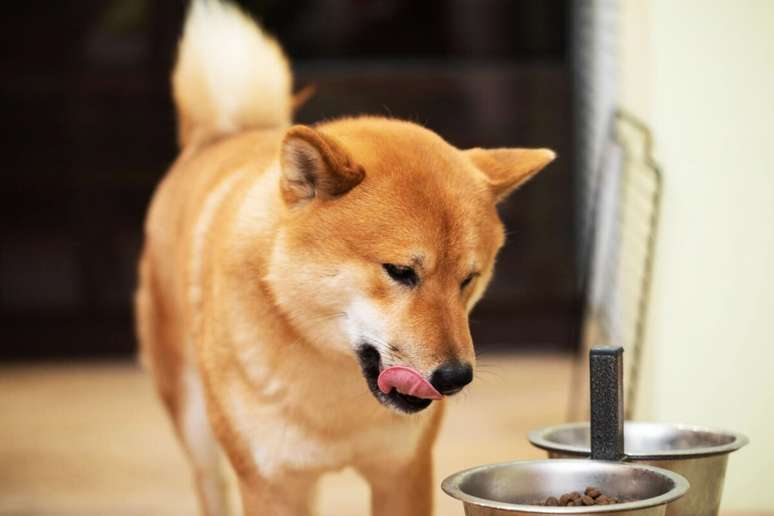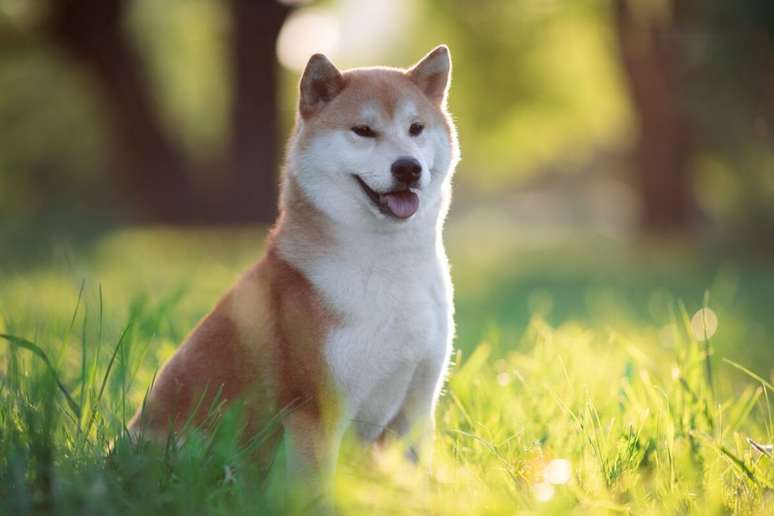Meet the charming Japanese dog that combines independence, agility and loyalty
The Shiba Inu, or simply Shiba, is one of Japan’s oldest and most iconic breeds, recognized as a “Natural Monument” in 1937. Originally developed for hunting small animals and birds in mountainous terrain, it reflects the tradition and history of Japanese archipelago.
The word “shiba” means “small” in Japanese, a name that reflects its size and functionality. Despite nearly becoming extinct by the early 20th century, conservation efforts have ensured its survival, transforming it into the robust, loyal and lively dog we know today.
Below, check out 4 characteristics of the shiba dog!
1. Physical appearance
THE shiba It is a small dog, but with a robust and muscular structure, which transmits strength and agility. Males measure on average 39.5 cm, while females measure approximately 36.5 cm at the withers. It is known for its characteristic tail, thick and tightly curled over the back.
According to the Brazilian Canine Confederation (CBKC), it has an elegant appearance, with a double coat composed of a rough and straight outer coat, and a soft and dense undercoat. This combination protects the animal in the cold, mountainous climates, where it originally lived.
Their colors include red (the most common), black and tan, and sesame variations (a harmonious mix of black and light hairs). All variants must have “urajiro”, areas of whitish fur in specific places, such as the sides of the muzzle, chest and belly, which give a special touch to their appearance.
Furthermore, it often resembles a fox. The Shiba’s eyes are small, triangular in shape and dark brown in color. Its ears, equally triangular and small in size, have a slight inclination forward. The muzzle, in turn, is moderately large and tapers gently.
2. Temperament and personality
According to CBKC, the shiba is a loyal and alert dog. Furthermore, it combines loyalty with considerable independence. He is known for his keen intelligence and ability to make quick decisions, characteristics inherited from his past as a hunting dog. Despite his small size, he is courageous and has a confident bearing, which might surprise those who don’t know him.
The Shiba has a particular personality: he is affectionate with his family, but he also likes his autonomy. This balance between affection and independence is often compared to the behavior of a cat. Although he can be reserved with strangers, he is extremely loyal to his owner and tends to form deep bonds with those he loves – characteristics which make him an excellent watchdog.

3. Food and healthcare
In general, the Shiba has good physical resistance, but requires a routine of care to stay healthy. Your food it must be balanced and adapted to size and activity level, preferably with high quality feed and supervised by a veterinarian.
Because of its double coat, this breed sheds seasonally, and regular brushing helps reduce shedding and keeps the coat shiny. Furthermore, special attention should be paid to oral hygiene, joint health and treatment of possible skin allergies, which are relatively common in the breed.
4. Education and socialization
Although the Shiba is intelligent and learns commands easily, his independence can make him difficult for less experienced owners. The key to successful training is positive reinforcement, with rewards such as treats, praise and play.
THE socializationin turn, it should start early, exposing the puppy to different people, environments and other animals. This helps minimize territorial or shy behaviors common in the breed. Despite its independent nature, the Shiba gets along well with other animals if socialized properly, but the owner must always be aware of its potential hunting instincts.
Source: Terra
Ben Stock is a lifestyle journalist and author at Gossipify. He writes about topics such as health, wellness, travel, food and home decor. He provides practical advice and inspiration to improve well-being, keeps readers up to date with latest lifestyle news and trends, known for his engaging writing style, in-depth analysis and unique perspectives.








